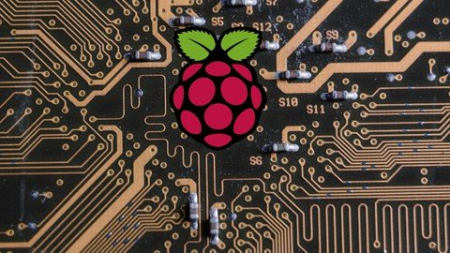

You will be able to go through a real exam scenario that will help you become a NI certified professional on your first attempt. We have created multiple NI LabVIEW exam dumps including an online testing that will help you prepare for the real exam. It is your chance to become a NI NI LabVIEW certified on your first attempt. However, if you are using our NI LabVIEW certification dumps, then we will make sure that you get success and clear the exam on your first attempt. It can be very difficult for you to clear a NI LabVIEW exam on your first attempt. If you're running short on time, prioritize your remaining work, placing "functional application" at the top, and things like "tip strips on subVI controls" at the bottom.Get NI LabVIEW Certification Dumps for Quick Success.Don't waste time drawing pictures of DAQ boards or librarians in your icons. Simple black border, white background, black text icons should be fine. lvlibs as well, although that's a pretty low priority). Create a non-default icon for every VI you write (I'd recommend this for.Make typedefs out of any clusters or enums you create for your applications.Don't choose an overly complicated architecture if you're not comfortable using it. If you think you can control your CLD app with a simple state machine, and that's a programming structure you're comfortable with, then use a simple state machine. For the CLD, the functionality of your application should trump the complexity of any architectures you select.This will eliminate the possibility that you've got non-default values in controls that won't persist after a restart, or that you've got changes to VIs in memory that aren't committed to disk, etc. It's probably not a bad idea to save all your VIs and close everything down once you're done, quit LabVIEW, restart LabVIEW, open your VI, and make sure it runs correctly. Make sure your application is functional before submitting it.It is also a good idea to label long wires and wires associated with shift registers. Make sure to document the diagrams in different cases and loops. Place comments *everywhere* in your diagram, describing your functionality in a concise way.

If you use the LabVIEW Project, set a description on all non-VI items in your project (like. Set a VI description on every VI you write. Set a description and tip on every front panel control and indicator. Documentation is a huge part of your CLD score, and it is one of the easiest areas to maximize points.You'll make up those few minutes many times over during the exam when you're not continually slowed down by environment settings with which you're not familiar. (check out this blog post where I talk about my favorite Tools > Options settings).

For me, this included things like adding my most common Quick Drop shortcuts, turning off structure auto-grow and red Xs on broken wires, etc.


 0 kommentar(er)
0 kommentar(er)
